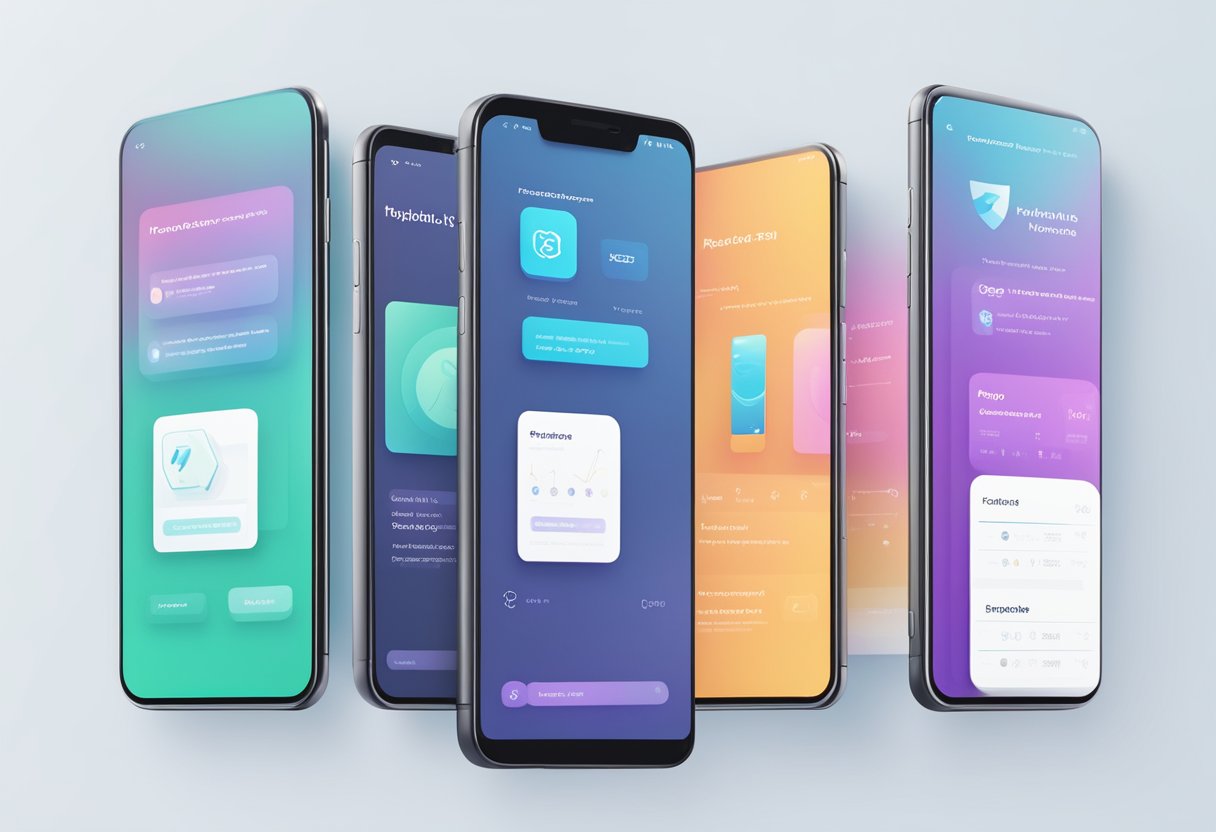React Native and Flutter are two of the most popular cross-platform development frameworks. React Native, developed by Facebook, uses JavaScript and React to build native mobile apps for iOS and Android. Flutter, developed by Google, uses Dart to build mobile, web, and desktop apps. Both frameworks have their unique features and benefits, but what if you could combine the two to build hybrid apps?

In this article, we will explore how to build hybrid apps with React Native and Flutter. We will discuss the benefits of using both frameworks together, the challenges you may face, and how to overcome them. By the end of this article, you will have a better understanding of how to leverage the strengths of both React Native and Flutter to build high-quality hybrid apps.
Índice De Conteúdo
Fundamentals of React Native and Flutter
Understanding React Native
React Native is a popular open-source mobile application framework that was developed by Facebook. It allows developers to create cross-platform mobile applications for iOS and Android using JavaScript and React. React Native is known for its ability to render native components, making the applications look and feel like native apps.
React Native uses a virtual DOM, which is a lightweight representation of the actual DOM. This allows React Native to render components quickly and efficiently, making it ideal for mobile applications. It also supports hot reloading, which means that developers can see changes in real-time as they make them.
Exploring Flutter
Flutter is a mobile application development framework that was developed by Google. It allows developers to create high-performance, visually appealing, and interactive mobile applications for iOS and Android using the Dart language. Flutter uses a reactive programming model, which means that the user interface is updated automatically when there is a change in the application’s state.
Flutter comes with a rich set of pre-built widgets, making it easy for developers to create beautiful and responsive user interfaces. It also supports hot reloading, which means that developers can see changes in real-time as they make them.
Comparing React Native and Flutter
React Native and Flutter are both popular mobile application development frameworks that have their own strengths and weaknesses. React Native is known for its ability to render native components, making the applications look and feel like native apps. Flutter, on the other hand, is known for its high-performance and visually appealing user interfaces.
React Native uses JavaScript and React, which are widely used programming languages, making it easy for developers to get started. Flutter, on the other hand, uses the Dart language, which is less widely used. However, Dart is easy to learn and has a clean syntax.
In terms of performance, Flutter is known for its fast startup times and smooth animations. React Native, on the other hand, can sometimes have performance issues due to its use of a virtual DOM.
Overall, both React Native and Flutter are excellent choices for mobile application development, and developers should choose the framework that best suits their needs.
Building Hybrid Apps
React Native and Flutter both offer the ability to build hybrid apps that run on multiple platforms. This means that developers can create a single codebase and deploy it to both iOS and Android devices.
Setting Up the Development Environment
To get started with building hybrid apps, developers need to set up their development environment. For React Native, this involves installing Node.js, the React Native CLI, and Xcode or Android Studio. For Flutter, developers need to install Flutter SDK, Android Studio, and the Flutter and Dart plugins.
Designing a Unified User Interface
When building hybrid apps, it is important to design a unified user interface that works well on both iOS and Android devices. This means using platform-specific design elements and following platform-specific guidelines. React Native and Flutter both offer tools and widgets for designing a unified user interface.
Sharing Code Between Frameworks
One of the biggest advantages of using React Native and Flutter for building hybrid apps is the ability to share code between the two frameworks. This means that developers can write code once and use it on both platforms. React Native allows developers to use third-party libraries written in native code, while Flutter uses its own widgets and libraries.
While React Native and Flutter offer the ability to build hybrid apps, there may be times when developers need to access platform-specific features. React Native offers a way to access native modules written in Objective-C, Swift, or Java, while Flutter offers a way to access platform-specific APIs through platform channels.
In conclusion, building hybrid apps with React Native and Flutter offers developers the ability to create apps that run on multiple platforms with a single codebase. By setting up the development environment, designing a unified user interface, sharing code between frameworks, and navigating platform-specific features, developers can create high-quality hybrid apps that meet the needs of their users.

